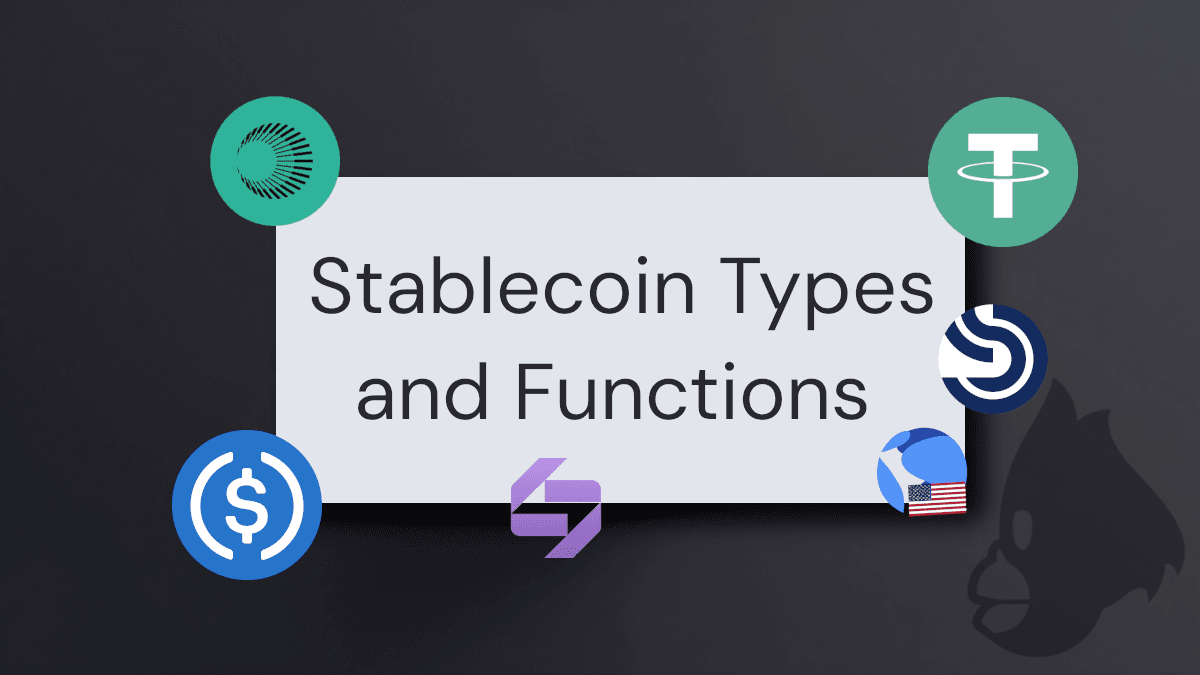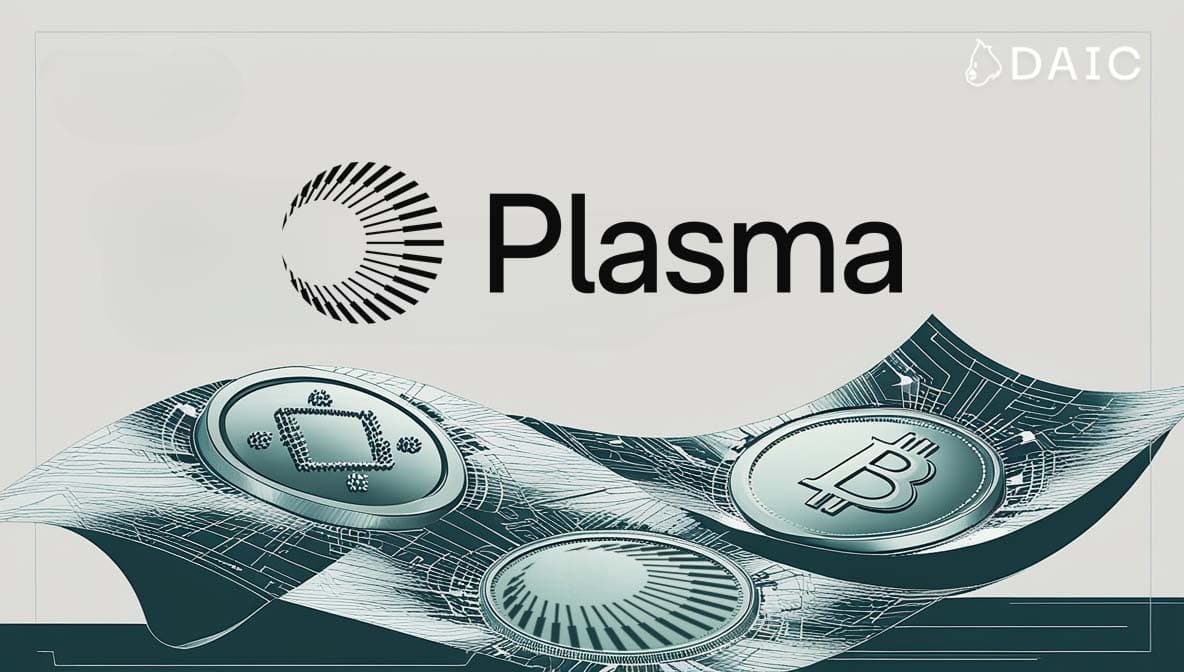Stablecoins have become one of the most important innovations in the crypto industry, offering price stability in a world of volatility. From early experiments like BitUSD and NuBits to market leaders such as Tether, USDC, and DAI, their evolution tells the story of how digital money matured. This post explores the history, successes, failures, and future of stablecoins.
Key Takeaways
- The first experiments (BitUSD, NuBits) paved the way but struggled with liquidity and adoption.
- Tether (USDT), launched on the Omni Protocol, was the first major fiat-backed stablecoin and later expanded across multiple blockchains.
- Competitors like USDC, Paxos, and DAI brought transparency, regulation, and decentralization to the stablecoin ecosystem.
- Algorithmic stablecoins, including TerraUSD (UST), showed potential but also highlighted risks after major collapses.
- Stablecoins are now the backbone of DeFi, powering lending, trading, and yield farming.
- Regulation, real-world collateral, and the rise of CBDCs will shape the next phase of stablecoin adoption.
Introduction: What Are Stablecoins?
Cryptocurrencies like Bitcoin and Ethereum sparked a revolution in how people think about money and value transfer. But from the very beginning, one challenge held them back from mainstream use: volatility. Prices of major coins could swing by 10–20% in a single day, making them unsuitable for everyday payments, salaries, or savings.
That’s where stablecoins come in. Stablecoins are cryptocurrencies designed to maintain a stable value, most often pegged to a fiat currency such as the U.S. dollar (USD). Instead of fluctuating wildly, $1 worth of a stablecoin should always equal $1.
There are three primary categories of stablecoins, each with its own mechanism for maintaining this peg:
- Fiat-backed stablecoins – These are issued by companies that hold reserves in traditional assets (like U.S. dollars, Treasury bills, or commercial paper) to back every token in circulation. Examples: Tether (USDT), USD Coin (USDC).
- Crypto-collateralized stablecoins – These are backed by other cryptocurrencies locked in smart contracts. Because crypto is volatile, they are often overcollateralized. Example: DAI by MakerDAO.
- Algorithmic stablecoins – These rely on algorithms and mechanisms that expand or contract supply to maintain stability, without explicit collateral. Example: TerraUSD (UST) before its collapse.
Each approach tries to solve the same problem: how to mimic the stability of the U.S. dollar within the decentralized world of blockchain. This blog will trace their journey, from experimental beginnings to becoming one of the most influential forces in digital finance.
The Origins of Stablecoins
In the early 2010s, the crypto community recognized a gap: while Bitcoin was revolutionary, its volatility made it impractical as “digital cash.” Early adopters experimented with pegged assets that could act as stable, blockchain-native money.
One of the first attempts was BitUSD, launched in 2014 on the BitShares platform. BitUSD was pegged to the U.S. dollar but collateralized by BitShares tokens. To maintain the peg, users deposited BTS as collateral, and smart contracts ensured BitUSD stayed close to $1. While innovative, BitUSD never gained mainstream traction due to liquidity issues and complexity.
Another early contender was NuBits (2014), which tried to maintain a dollar peg through an algorithmic supply model. For a short time, it worked, but liquidity dried up and NuBits collapsed, showing how fragile such systems could be without strong demand and trust.
These early projects were critical in proving the concept of stablecoins, even though they struggled to scale. They laid the foundation for the fiat-backed giants that came next.
The Rise of Fiat-Backed Stablecoins
The breakthrough came in 2014 with Tether (USDT). Unlike earlier experimental models, Tether was straightforward: each USDT token was said to be backed 1:1 with U.S. dollars held in reserve.
Tether’s Origins on Omni Protocol
Initially, Tether was issued on the Omni Protocol, a layer built on top of the Bitcoin blockchain. Omni allowed the creation of custom digital assets, and Tether leveraged it to distribute its first tokens. However, Omni was slow and expensive compared to emerging blockchains.
As demand for Tether skyrocketed, especially on crypto exchanges where it became a critical trading pair, the project migrated to other ecosystems. USDT expanded first to Ethereum (ERC-20), then to Tron (TRC-20), and eventually to a dozen different blockchains, including Solana, Avalanche, and Polygon. This multi-chain approach helped Tether dominate liquidity in the crypto market.
Competitors Emerge
Tether’s dominance also sparked demand for alternatives with greater transparency.
- TrueUSD (TUSD) launched in 2018, promising regular attestations of reserves.
- Paxos Standard (PAX) and Gemini Dollar (GUSD) were launched as regulated stablecoins in the U.S.
- USD Coin (USDC), launched in 2018 by Circle and Coinbase, quickly became the second-largest stablecoin thanks to its strong compliance and transparency measures.
These fiat-backed stablecoins became the backbone of the crypto trading ecosystem. They offered a stable medium of exchange, a hedge against volatility, and a way to move dollars around the world 24/7 without banks.
Algorithmic Stablecoins and Decentralized Experiments
While fiat-backed coins gained traction, many in the crypto community sought decentralized alternatives that didn’t rely on banks or centralized companies.
The most successful of these experiments was DAI, launched in 2017 by MakerDAO. DAI is pegged to the dollar but backed by crypto collateral (initially only Ether, later expanded to multiple assets). Users lock up collateral in smart contracts to mint DAI, and if the collateral value falls too low, liquidation mechanisms kick in. This made DAI a cornerstone of decentralized finance (DeFi).
Other algorithmic projects attempted more radical designs:
- Basis (2017) planned a supply-adjustment mechanism but shut down due to regulatory concerns.
- Ampleforth (2019) introduced an “elastic supply” model, where token balances expand or contract in user wallets.
- TerraUSD (UST) grew explosively in 2021–2022, using a dual-token system with LUNA to stabilize its peg. For a time, it was hailed as the future of decentralized stablecoins. But in May 2022, UST lost its peg and collapsed, wiping out tens of billions of dollars and shaking confidence in algorithmic designs.
The lesson was clear: while decentralization is appealing, maintaining stability without strong collateral or governance is extremely difficult.
Stablecoins in the DeFi Era
The rise of DeFi in 2019–2020 transformed stablecoins from trading tools into the lifeblood of decentralized finance. Protocols for lending, borrowing, and yield farming all relied heavily on stablecoins.
Stablecoins like DAI, USDC, and USDT became the primary assets in liquidity pools, earning users fees and rewards. Yield farming strategies often involved cycling stablecoins through protocols to maximize returns.
Their appeal also extended to ordinary users: stablecoins offered a way to hold value on-chain without exposure to volatility. In countries with unstable local currencies, stablecoins became a lifeline, providing access to dollar-denominated savings without a bank account.
The DeFi boom cemented stablecoins as indispensable infrastructure in the crypto economy.
Regulation and Institutional Interest
As stablecoins grew into a hundred-billion-dollar market, regulators began paying close attention. Concerns ranged from consumer protection to systemic risk: what happens if a major stablecoin suddenly fails?
Regulatory Milestones
- In the U.S., Congress and agencies like the SEC and Treasury held hearings on stablecoins’ role in the financial system.
- The European Union’s MiCA framework (2023) introduced comprehensive rules for stablecoin issuers.
- In Asia, countries like Singapore and Japan developed licensing regimes for fiat-backed stablecoins.
Institutional and Corporate Stablecoins
Big institutions also experimented with their own versions:
- JPM Coin by JPMorgan allowed instant settlement between institutional clients.
- Libra (later Diem), Facebook’s ambitious stablecoin project, aimed to create a global digital currency but faced massive regulatory pushback and was abandoned in 2022.
The regulatory conversation also accelerated interest in Central Bank Digital Currencies (CBDCs), government-issued digital money that competes with stablecoins.
The Current Landscape and Future Outlook
Today, stablecoins are a core pillar of the crypto ecosystem, with market capitalization exceeding $100 billion. The leaders are:
- Tether (USDT): Still dominant, widely used for trading and cross-border transfers.
- USD Coin (USDC): Trusted for its compliance and transparency, popular in the U.S. and Europe.
- DAI: The largest decentralized stablecoin, though increasingly backed by real-world assets.
Trends to Watch
- Regulated stablecoins: Governments may allow fully compliant issuers while cracking down on unregulated ones.
- Real-world collateral: Some projects are experimenting with tokenized Treasury bills and bonds as backing.
- Global adoption: In regions with inflation or limited banking access, stablecoins are becoming essential tools.
- Competition from CBDCs: Central banks may launch their own digital currencies, potentially reshaping demand.
Stablecoins are no longer just crypto tools - they are emerging as a new layer of financial infrastructure.
Conclusion
From the fragile experiments of BitUSD and NuBits to today’s trillion-dollar transaction volumes, the history of stablecoins is a story of innovation, risk, and resilience. They solved crypto’s biggest weakness - volatility - and in doing so, became indispensable for traders, DeFi users, and even people seeking stable savings in unstable economies.
The journey has been marked by failures like TerraUSD and controversies around Tether, but also by breakthroughs like USDC’s regulatory model and DAI’s decentralized design.
Stablecoins sit at the crossroads of traditional finance and blockchain innovation. As regulation tightens and adoption grows, they may well be the bridge that finally brings digital assets into the global financial mainstream.
FAQ: Stablecoins Explained
What was the first stablecoin?
The first widely recognized stablecoin was BitUSD, launched in 2014 on the BitShares blockchain. It was backed by crypto collateral. Soon after, Tether (USDT) became the first major fiat-backed stablecoin, pegged to the U.S. dollar.
Why are stablecoins important in crypto?
Stablecoins provide price stability in a volatile market, making them useful for trading, lending, payments, and savings. They also act as a bridge between traditional finance and decentralized finance (DeFi).
How do stablecoins keep their value pegged to the U.S. dollar?
Different models exist:
- Fiat-backed: 1:1 reserves in dollars or cash equivalents (e.g., USDT, USDC).
- Crypto-collateralized: Overcollateralized with volatile crypto assets locked in smart contracts (e.g., DAI).
- Algorithmic: Use supply-adjusting mechanisms or paired tokens to stabilize the price (e.g., TerraUSD before its collapse).
Are stablecoins safe?
It depends on the type and issuer. Fiat-backed stablecoins depend on transparent reserves and audits, while crypto-collateralized ones rely on smart contract risk management. Algorithmic stablecoins have historically been the most fragile.
How are stablecoins different from CBDCs?
Stablecoins are issued by private companies or decentralized protocols, while Central Bank Digital Currencies (CBDCs) are government-issued digital money. CBDCs carry sovereign backing, whereas stablecoins rely on reserves, collateral, or algorithms.
Which stablecoins are most trusted today?
As of now, the most trusted and widely used are Tether (USDT), USD Coin (USDC), and DAI. Each has different trade-offs in terms of decentralization, transparency, and adoption.
The information provided by DAIC, including but not limited to research, analysis, data, or other content, is offered solely for informational purposes and does not constitute investment advice, financial advice, trading advice, or any other type of advice. DAIC does not recommend the purchase, sale, or holding of any cryptocurrency or other investment.


